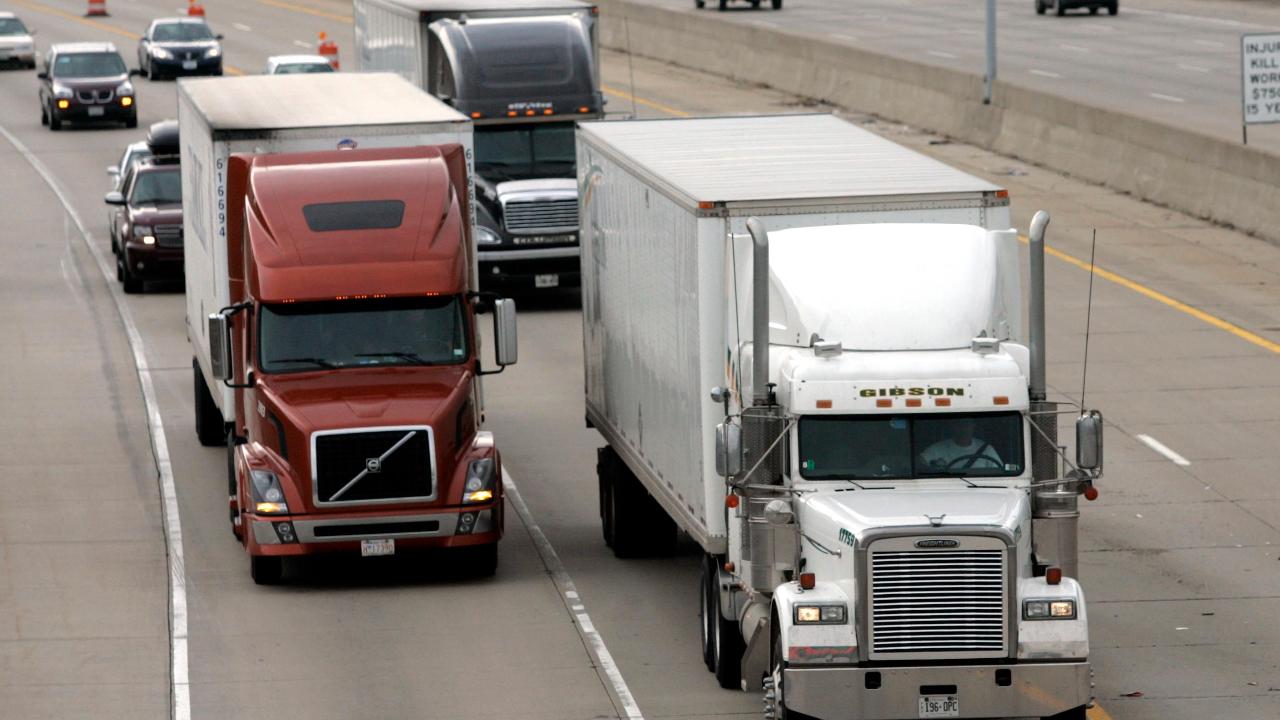Truck driver shortage could raise your Amazon delivery cost
The trucking industry can’t find enough drivers, a trend a trade group said will only intensify in the years ahead, which could lead to problems for consumers.
In 2016, the industry was short more than 36,000 drivers, according to the American Trucking Associations, which expected that number to surpass 63,000 in 2018. By 2026, it could swell to 174,000.
In order to keep up with demand, the trucking industry would need to hire nearly 900,000 drivers through 2026, or about 90,000 each year, the trade group said.
Knight-Swift Transportation executives said during the company’s first-quarter earnings call with investors that the driver shortage is a serious problem.“The vocational labor challenge that the U.S. has, trucking probably couldn't be in a worse position to try and deal with it,” David Jackson, the company’s CEO, said.
The impact of the driver shortage can be felt by consumers. As more and more of them turn to e-commerce sites instead of brick-and-mortar retailers, companies including Amazon are struggling to get packages to consumers on time.
“With a shortage of truck drivers … Amazon can’t get there the last two miles as fast,” Burt Flickinger, managing director of Strategic Resource Group, said during an interview on “Mornings with Maria” on FOX Business.
As a consequence, companies could start charging customers more for shipping in order to deliver items on time. In the first quarter, Amazon reported shipping costs increased 38% year-over-year, while sales climbed 18%. Freight costs rose 20% at Coca-Cola as heightened demand outpaced available trucks, taking a slice out of revenue, as The Wall Street Journal reported.
Companies are facing a dilemma: If they want packages to arrive on time, they have to pay higher freight costs, which are then passed on to consumers, or take a bite out of revenue.
The American Trucking Associations attributes the driver shortage in part to a lack of qualified applicants. While freight companies are receiving interest, applicants do not have the desired experience or qualifications. Also contributing to the problem is the median age of current drivers, which is 49 or higher, indicating that younger U.S. workers are less likely to go into the profession. Further, only a small percentage of women work as drivers, narrowing the pool of applicants.
In the future, however, these trucks may be driving themselves. Electric automaker Tesla, for example, has said it will manufacture an automous semi truck, scheduled to go into production in 2019.




















